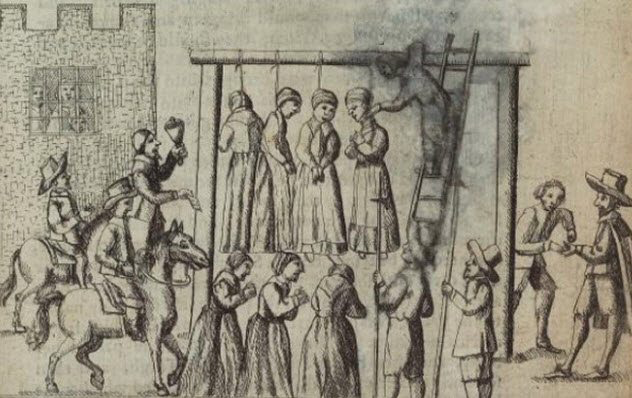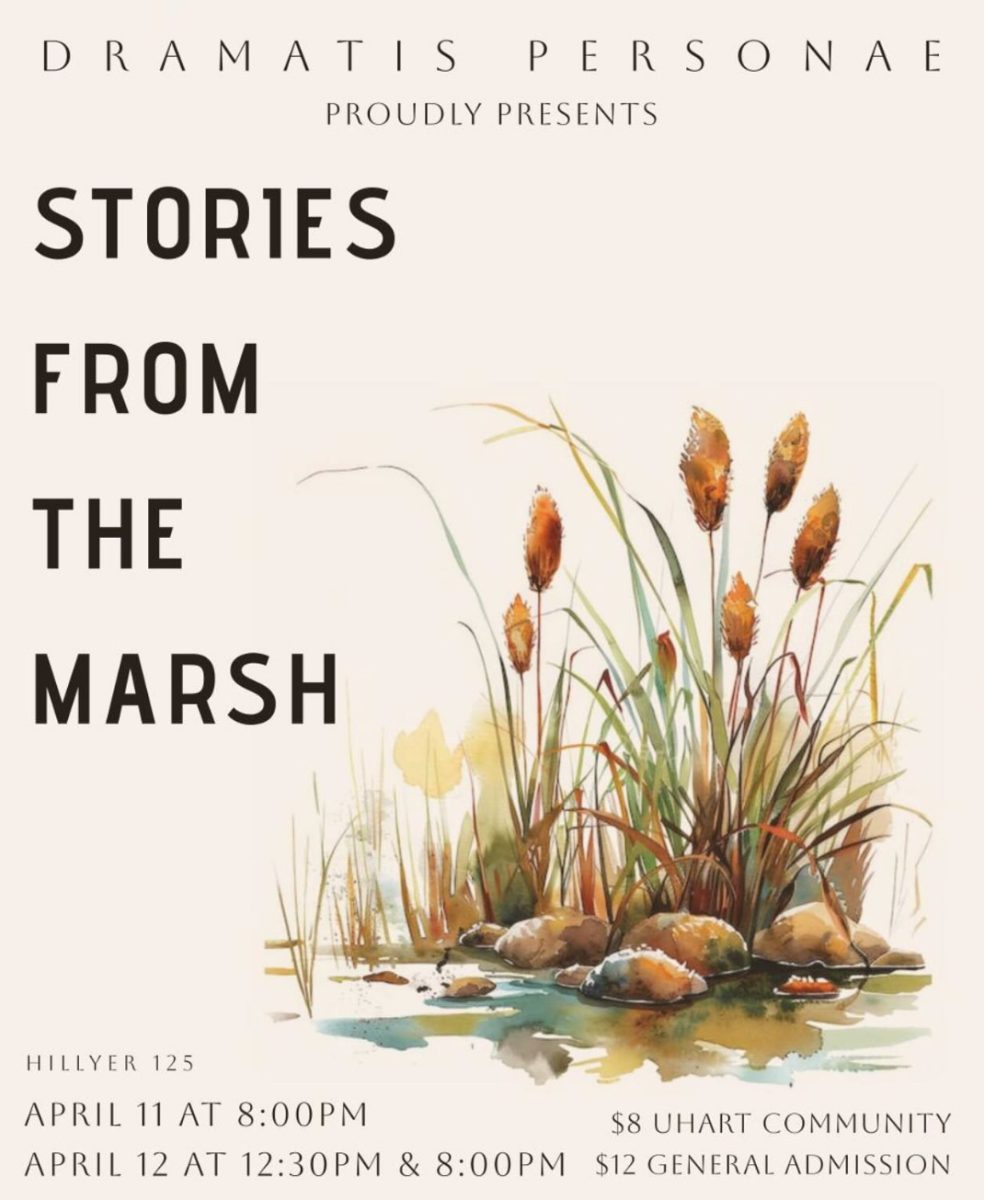Witches in Connecticut presented at Welles-Turner Library
October 29, 2019
On October 15th, a talk was given at the Welles-Turner memorial library in Glastonbury, CT about the history of Witches in Connecticut. This Halloween-themed event drew many people – from students to amateur history fans.
Jennifer Busa, public programs and special events coordinator for the Connecticut Historical Society gave the talk.
Most people are aware of the Salem Witch trials that occurred in the 1600s. However, a similar – yet different situation also occurred in Connecticut during the same time period.
Busa explained that early European settlers had very little sense of science and reason compared to today. At the same time, religion played a much larger role in their lives. The reason why they had come to the “New World” in the first place was often religious.
This led colonists to believe false facts such as women being weaker than men and inherently susceptible to the influence of the devil (becoming Witches). Unfortunately, these thoughts often influenced reality in 1600s America.
Witch trials and executions were recorded to have occurred in several towns in Connecticut. Including Bloomfield, Windsor, and Wethersfield. In fact, Connecticut was the first colony where a woman was executed on the charge of being a witch, in 1647.
Busa stated that Alice Young was the first witch to be hanged in Connecticut in 1647. She also said that “There were 34 individuals in Connecticut who were formally charged with witchcraft. Eleven were executed”. 25 of these individuals were women. Contrary to popular belief, these executions were done by hanging, not burning.
Busa explained how witch trials were often quite orderly, with “evidence” being presented to prove that someone was a witch. This might include accuser accounts or even accounts of dreams or visions that people had about the individual. Connecticut witch trials did not experience the hysteria that made the Salem Witch Trials famous.
“Even if the evidence doesn’t seem compelling to us, it was to them” stated Busa. Many individuals accused of being Witches most likely had some form of mental illness by today’s standards.
Torture was not used in these trials, according to Busa. Despite “water tests” being performed to determine if someone was a witch (tying them up and seeing if they float), the intention was not to drown the person.
“What it comes down to is that things don’t happen by coincidence or bad luck,” Busa said, describing the minds of the early colonists. “Good things happen because of God, bad things happen because of the devil, so there had to be an explanation.”
This event was one of the Connecticut Historical Society’s traveling programs. For more information, visit www.CHS.org.
IMAGE COURTESY OF CONNECTICUTHISTORY.ORG










